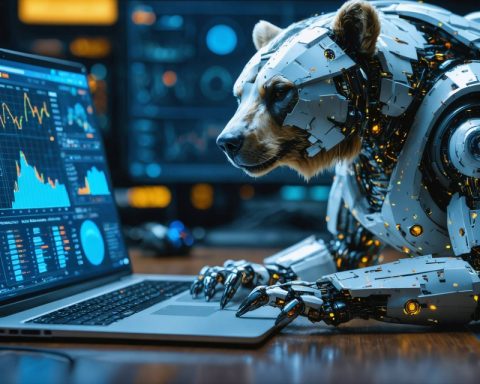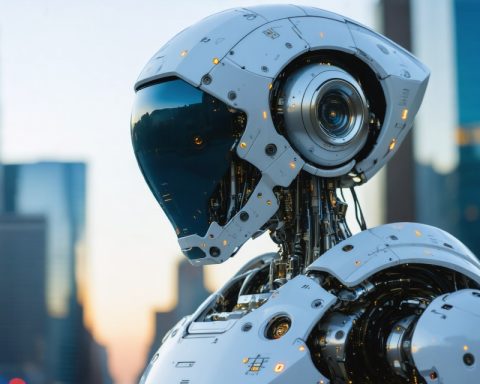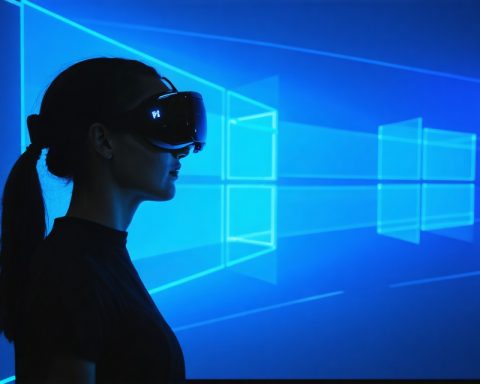OpenAI, renowned for its work in artificial intelligence, has not only excelled in language models but has also made significant strides in the field of robotics. With a mission to ensure that artificial general intelligence (AGI) benefits all of humanity, OpenAI has made profound contributions by integrating AI into robotic systems.
One of OpenAI’s notable projects in robotics involves the development of advanced robotics manipulation skills. By utilizing its proprietary machine learning techniques, OpenAI has enabled robots to learn complex tasks through trial and error. A highlight of these efforts is the development of robotic hands capable of performing intricate tasks such as solving a Rubik’s Cube. This breakthrough demonstrated how robots could achieve high levels of dexterity, mirroring human-like manipulation capabilities.
OpenAI employs powerful simulation environments where AI models can train in virtual settings before being transferred to real-world applications. This process, known as sim-to-real transfer, allows for effective training without the physical constraints and costs associated with real-world testing.
Furthering its mission, OpenAI emphasizes the importance of collaboration and transparency in its robotics endeavors. Through partnerships with organizations and researchers, OpenAI strives to ensure that the development of robotic systems is ethical and benefits society as a whole.
The exploration of robotics by OpenAI signifies a merging of intelligent systems with physical interactions, paving the way for a future where robotic assistance becomes seamless and ubiquitous in our daily lives. As OpenAI continues to advance this field, its work remains an exciting focal point in the tech world, underscoring the transformative potential of AI-driven robotics.
Could Robotic Dexterity Spark a Revolution in Human-Machine Collaboration?
OpenAI’s ventures into robotics herald not just technological innovation, but potentially transformative impacts on society. While their development of robotic hands capable of intricate tasks, like solving Rubik’s Cubes, showcases technological prowess, it also raises important questions about the future of human-machine interactions.
How does this shift affect communities and industries? Robotics dexterity offers significant advantages for industries such as manufacturing, healthcare, and logistics. Robots with enhanced manipulation skills can undertake repetitive, high-precision tasks, potentially increasing productivity and reducing workplace injuries. Meanwhile, in healthcare, robots capable of delicate operations could assist surgeons or aid in elder care, filling workforce gaps.
However, the impact on employment remains a contentious issue. As robots gain the capability to perform complex tasks, there is growing debate about how this could affect job security in traditional sectors. Will this lead to job displacement, or will new roles emerge alongside advancements in robotics, requiring reskilling of the workforce?
Are there ethical considerations? OpenAI’s emphasis on collaboration and transparency aims to mitigate fears, emphasizing that robots should enhance human capabilities rather than replace them. Ethical robotics development is essential to maintain public trust and ensure equitable benefits across society.
Moreover, as sim-to-real transfer technologies reduce experimental costs, more communities and startups could access advanced robotics, promoting localized innovation and economic growth.
As robotics technologies advance, they will likely stimulate discussions on responsibility, ethical use, and the balance between automation and employment. For more insights into the promises and challenges of AI-driven robotics, visit the OpenAI website.








